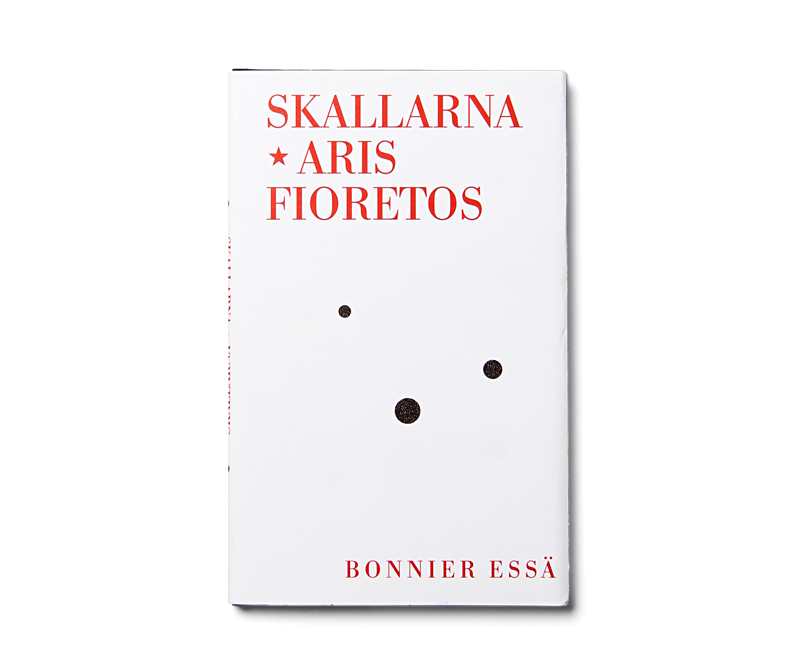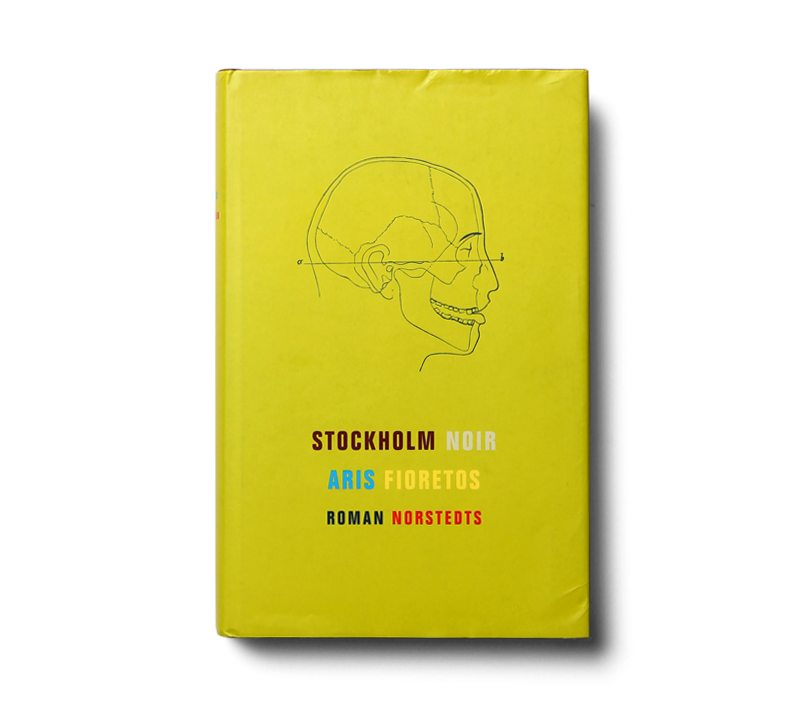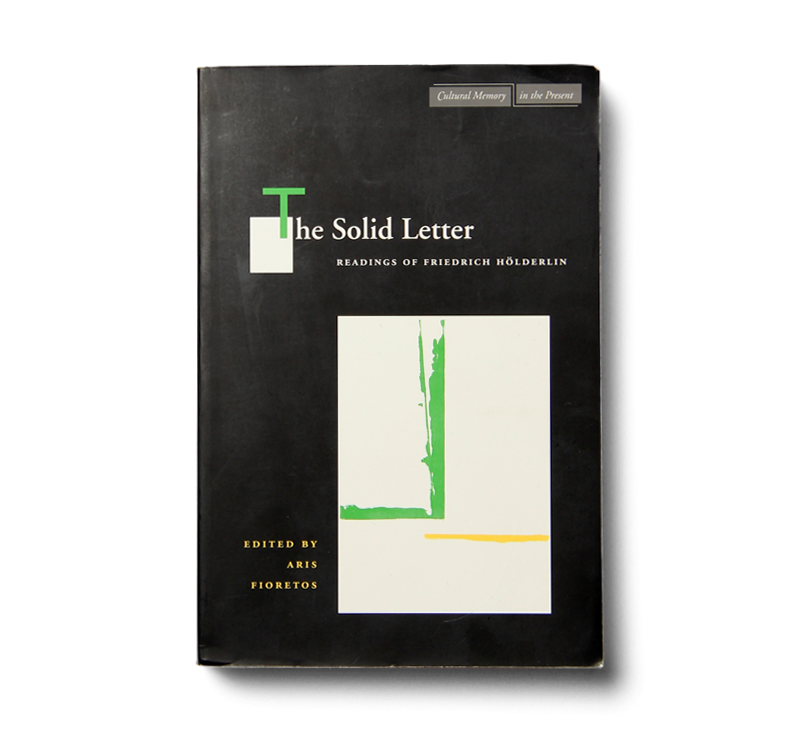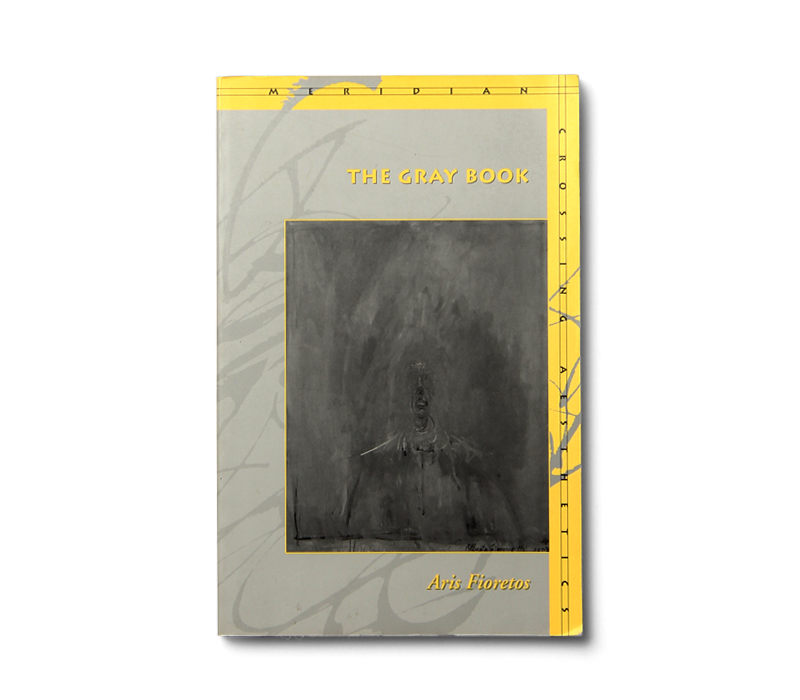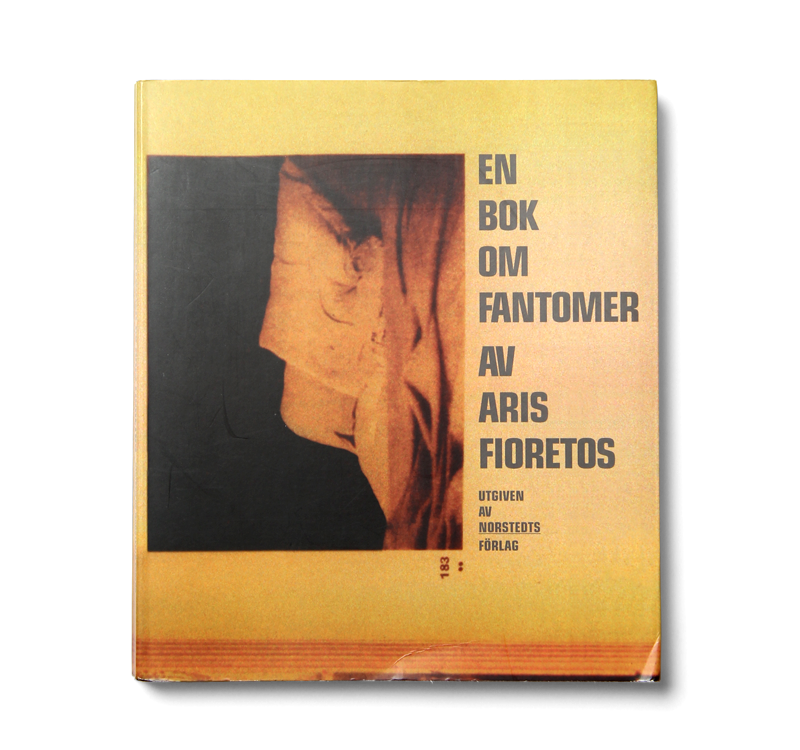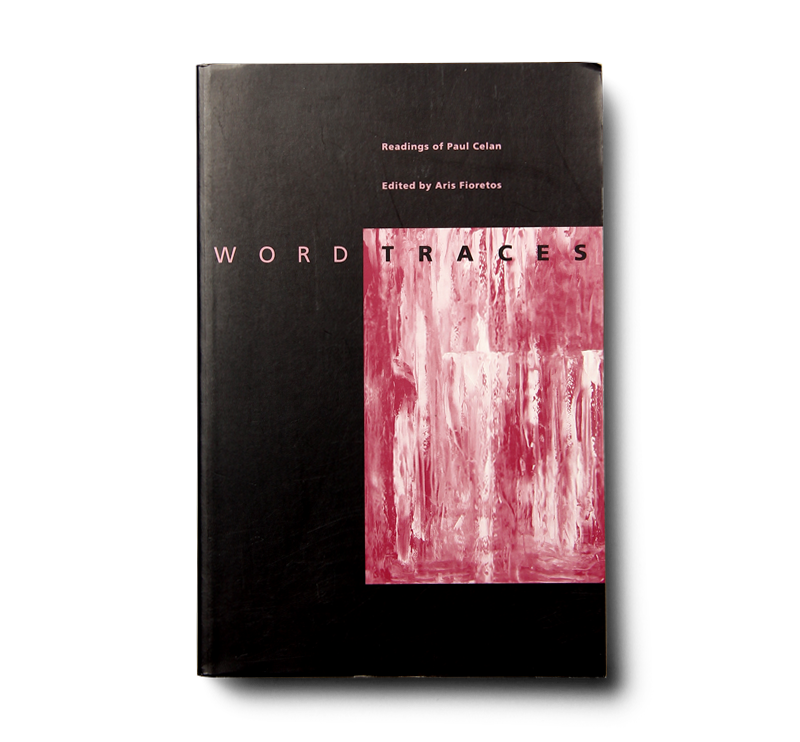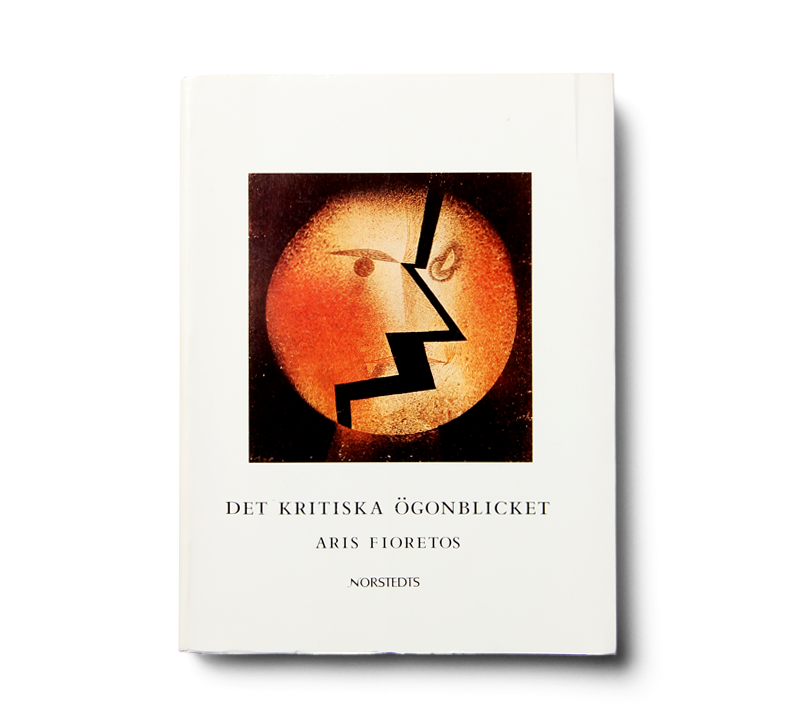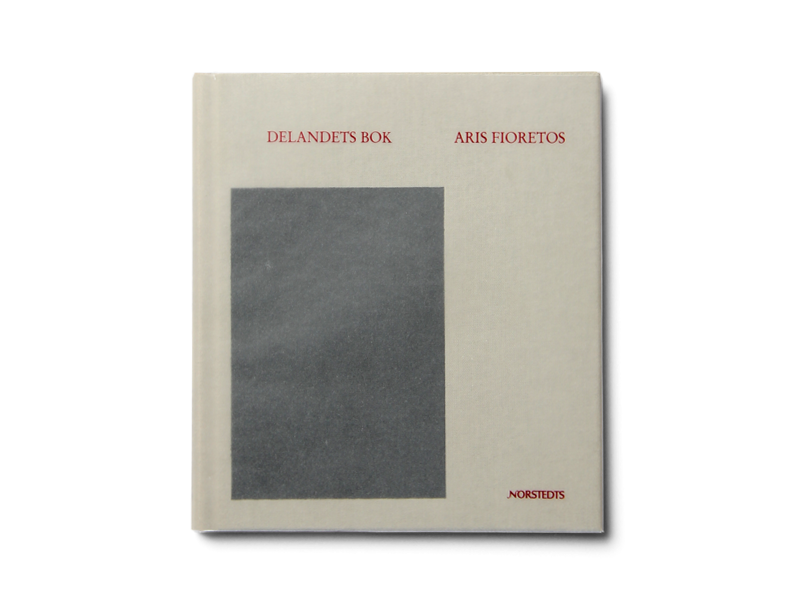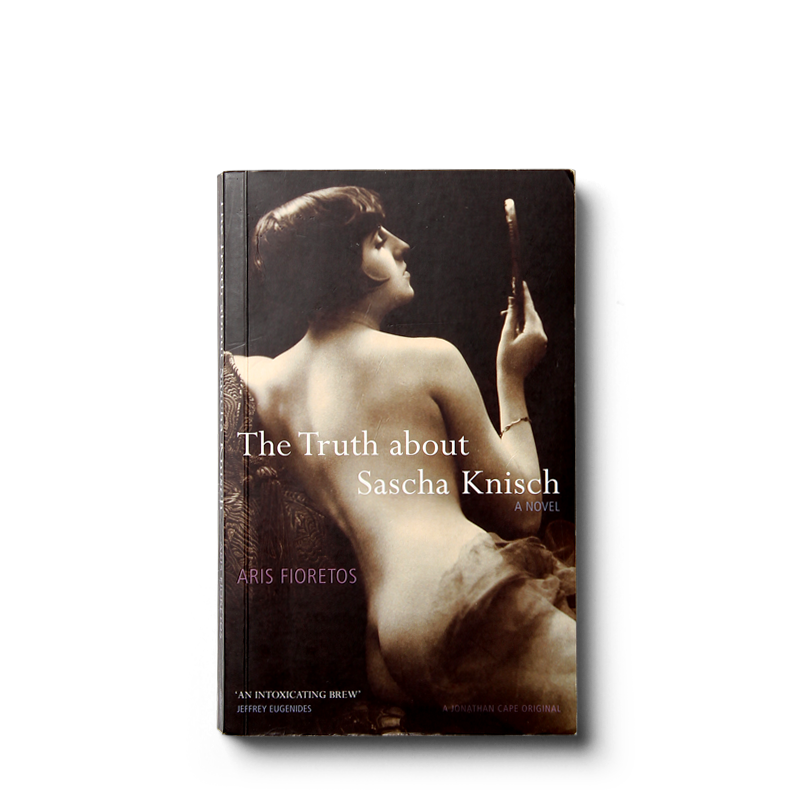
The Truth about Sascha Knisch
A biological thriller set in the steamy underworlds of Weimar Berlin, The Truth about Sascha Knisch deals with the so-called ‘sexual question’, its lures and seductiveness, dangers and temptations, but also with the shrewd love between two young people in a Germany at the brink of disaster. Above all, the novel is a declaration of love to imagination — clever, droll and stylish, couched in the form of a riddle and written with effortless elan by one of Europe’s most exciting and entertaining new writers
. . .
. . .

